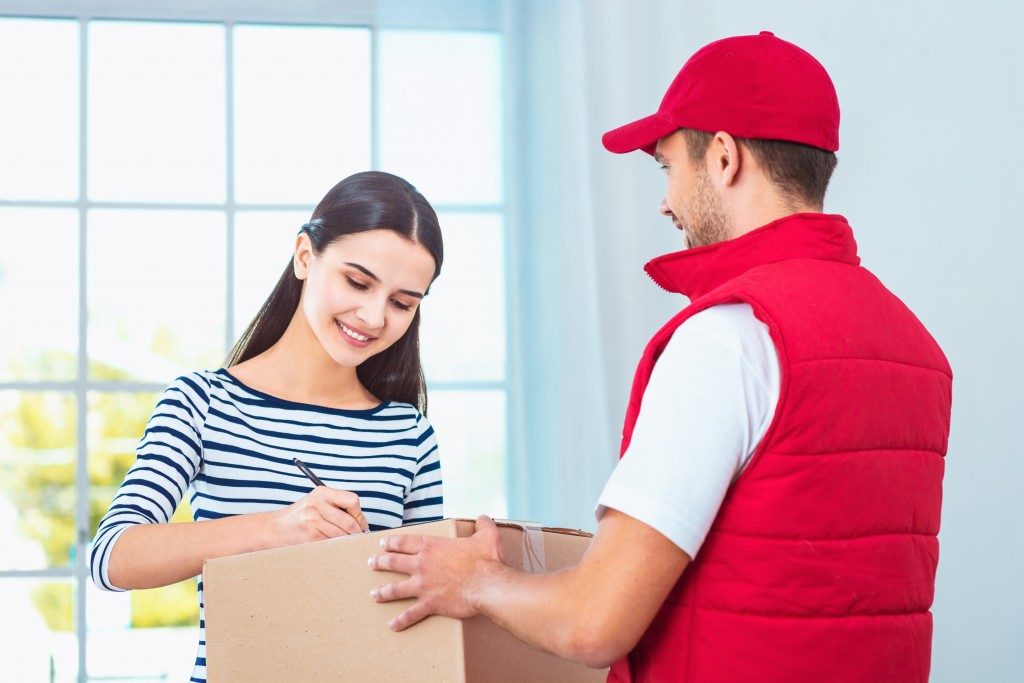We all know that package deliveries start with a person and ends with a person. But have you ever wondered what happens in between? How do couriers know which one goes where? Do people read the addresses manually? How do they move the package around? Are there cargo rollers or pushcarts?
We asked all these questions ourselves, so here’s a close look into how packages are delivered:
The Labels
One of the most crucial aspects of package delivery is the labels. Without them, shipments may take weeks or months to get to their destination. If you’re unlucky, it never will.
The labels—mostly a bar code or a QR code—let the machine identify automatically which truck or plane the package should be in. The labels also tell the machine which conveyor belt the parcels should go through. This is important because conveyor belts are designed specifically for the type and size of the packages. Flat parcels, such as letters, go to the small conveyor belt; packages in regularly shaped boxes go to another type of conveyor, and the irregularly shaped ones go to a different one.
The labels also tell the sorting system how much each package weighs, so the machine knows how much pressure is needed to push them over to their designated container. Aside from the codes, the labels contain printed sender and recipient information for the humans to read. This assists them in sorting the packages manually once they reach the pick-up branches.
The Hub
 This place is the busiest point in the delivery process. Once the packages reach the hub, they are placed in machines for automated sorting. The machines consist of a long span of a complex network of conveyor belts and laser-filled tunnels, which arrange the packages based primarily on location and sizes.
This place is the busiest point in the delivery process. Once the packages reach the hub, they are placed in machines for automated sorting. The machines consist of a long span of a complex network of conveyor belts and laser-filled tunnels, which arrange the packages based primarily on location and sizes.
While the hubs have an automated sorting system, human help is still necessary. Their main job is to make sure the packages are conveyed facing up, so the laser scanner can read the labels. The sorted packages are then tipped onto special containers, which are transported into the delivery truck or train when full.
By the way, did you know that FedEx’s and UPS’ main hubs are bigger than commercial terminals?
The Delivery Truck or Plane
Once all packages have been sorted out, they are loaded into a delivery truck or plane. Choosing which one to use depends on the size and the distance. If the destination is 200 miles or less away from the hub, the truck will be used. Otherwise, a cargo plane would be a better and faster option. Of course, geographical location matters, too. If it needs to be delivered to an island, a smaller cargo plane is used.
When the plane arrives at the regional hub, the packages are unloaded and go through the same automated sorting process. Each truck has designated areas for the packages’ destination as well, so unloading then sorting them later for delivery will be faster.
Because of the complexity of the processes in and out of the hub, it is necessary for couriers to have the most reliable systems from reputable dealers and manufacturers. One malfunctioning unit could mean chaos for the entire process.

